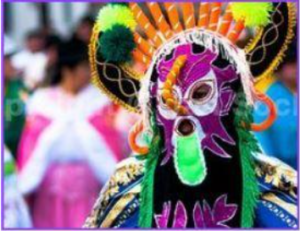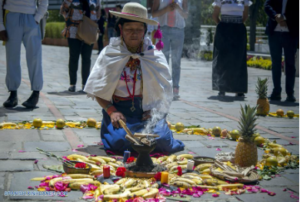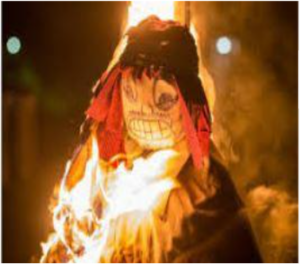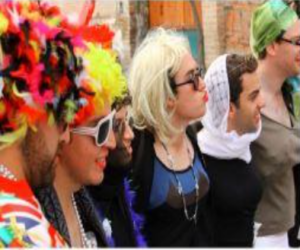A Paradise in the Middle of the World
by Maria Altamiramo
Did you know that Ecuador has this name because it is geographically located on the equatorial line of the Earth? Without a doubt, Ecuador is a country that leaves a mark on the heart, and that is why today I want to share with you the reasons why I feel proud to be Ecuadorian. It is a wonderful country, full of culture, biodiversity, and friendly people.
Despite its small territory, it has four beautiful regions like the Coast, Andina, the Amazon region, and the Galapagos Islands, Ecuador has this advantage: in a single day and a few hours of driving ahead, you can see wonderful landscapes and go from a hot climate with beautiful beaches to forests, mountains, and active volcanoes. Yasuni Park is located in the Amazon region. It is one of the most biodiverse places on the planet, home to species that are completely unique to the land. The Galapagos Islands are one of the most fascinating places on earth, with
rare and unique wildlife.
To conclude, I want to tell you a curious fact about my beautiful country. We have the Middle of the World City, where there is a monument to its name, and it is one of the most visited places by tourists. It is one of the few places where you can step on both the northern and southern hemispheres at the same time. Ecuador, you’ll likely be amazed at its natural biodiversity. Similarly, the country has diversity among its people and cultures. Here are two examples of our most important Ecuadorian traditions. I am proud to be Ecuadorian and to be able to share a bit of my beautiful country with the world.

 Inti Raymi is a Kichwa word that translates into “Sun Festival”, in Spanish. It’s celebrated in the Andes to honor the Incan Sun God. Is a festival that is directly related to the end of the harvest season.
Inti Raymi is a Kichwa word that translates into “Sun Festival”, in Spanish. It’s celebrated in the Andes to honor the Incan Sun God. Is a festival that is directly related to the end of the harvest season.
On New Year, called “elvAño Viejo,” families makevNew Year bonfires and “burn”vthe past year, el Año Viejo, which translates to the old year. This literally takes the form of a scarecrow-like figure stuffed with hay and dressed to look like a man (or whatever character you want to portray). The Año Viejo represents the things we each will leave behind with the past year. Around midnight, the Año Viejo is tossed into the bonfire.

 During “El año viejo” we have another fascinating tradition which involves men dressing up as widows, blocking streets and asking for money of each passer-by. This is done because the belief is that it is the widow of the Old Year who is about to be burned.
During “El año viejo” we have another fascinating tradition which involves men dressing up as widows, blocking streets and asking for money of each passer-by. This is done because the belief is that it is the widow of the Old Year who is about to be burned.